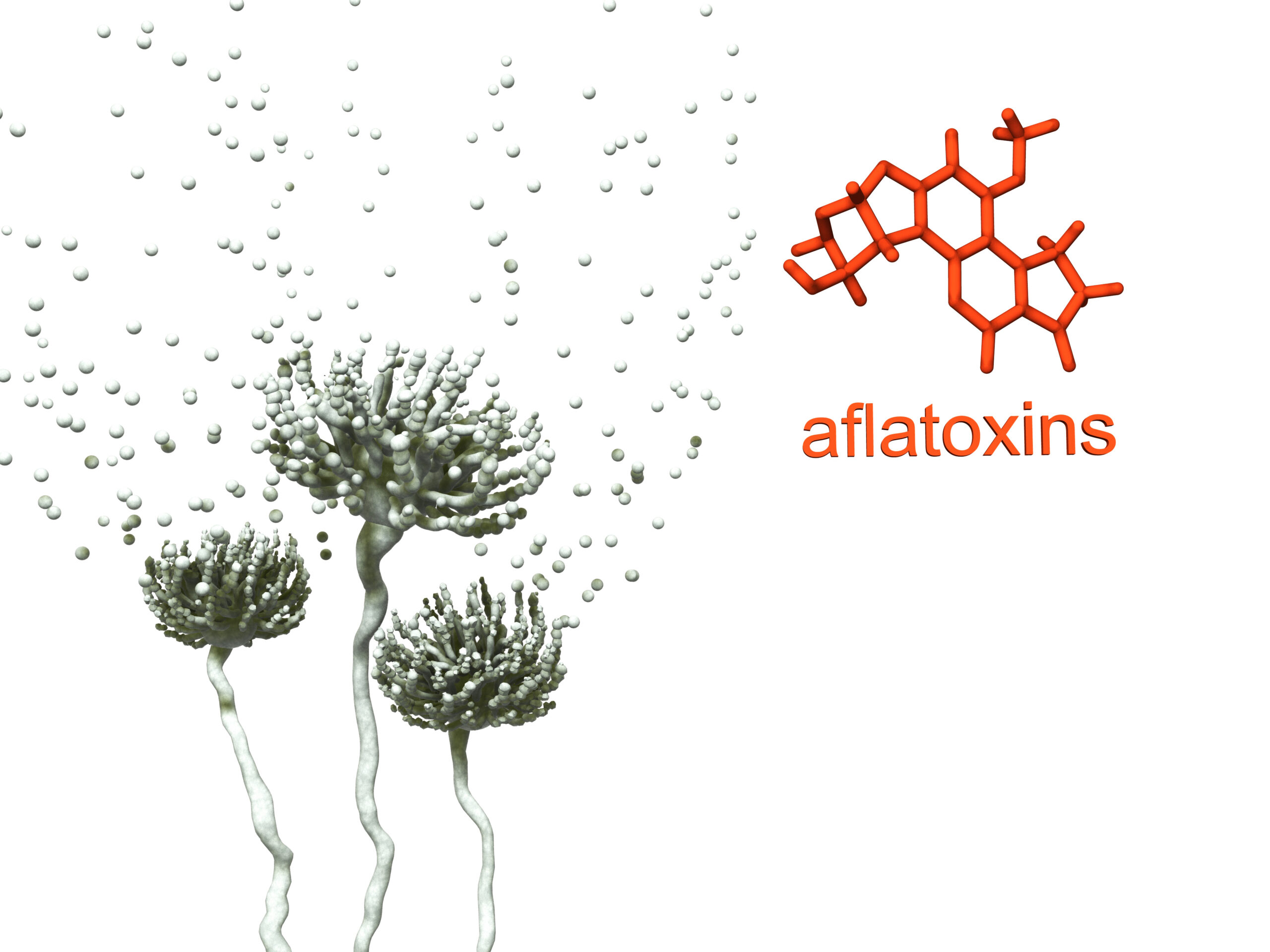Aflotoxins Harmful Effects and What Foods They are Found In
Aflatoxins, produced primarily by Aspergillus flavus and Aspergillus parasiticus molds, are highly toxic compounds that pose severe health risks to humans and animals, leading to diseases such as liver cancer. These toxins are secondary metabolites of certain fungi, with several types including Aflatoxin B1, B2, G1, G2, M1, and M2, among which Aflatoxin B1 is the most prevalent and toxic. They are chemically stable and can survive processing treatments.
Aflatoxins frequently contaminate crops like maize, peanuts, cottonseed, and tree nuts, especially under warm and humid conditions. They are also found in milk and dairy products when animals consume contaminated feed. As potent carcinogens, aflatoxins are linked to liver cancer in humans. Chronic exposure can lead to aflatoxicosis, causing liver damage, jaundice, and potentially liver failure. In children, it can stunt growth and delay development, while acute high-dose exposure can be immediately lethal.
The presence of aflatoxins in animal feed, when consumed by livestock, can lead to liver damage and reduced productivity in these animals. This also results in aflatoxins being present in animal products like milk, eggs, and meat, which is a significant health risk to humans. Economically, the presence of aflatoxins in crops can cause substantial financial losses in agriculture-dependent economies and create trade barriers due to stringent regulations on aflatoxin levels in imported foods.
To protect consumers, many countries enforce maximum levels for aflatoxins in food and feed, with international standards set by the Codex Alimentarius Commission. Regular monitoring for aflatoxin contamination is vital, employing methods such as chromatography and immunoassays, with technological advancements making detection more rapid and sensitive.
Prevention of aflatoxin contamination involves controlling mold growth through agricultural practices like crop rotation, proper irrigation, and pest control, as well as post-harvest measures like adequate drying and storage. Research is ongoing in understanding the biology of aflatoxin-producing molds and developing resistant crop varieties. Biotechnological approaches, such as genetic modification and biocontrol agents, are emerging as promising solutions.
Public health initiatives focus on educating the public about aflatoxin risks and promoting safe food handling and storage practices, particularly in developing countries, which is crucial for minimizing exposure to these toxins. In summary, aflatoxins represent a major threat to public health and the economy, necessitating comprehensive efforts in monitoring, regulation, research, education, and public health initiatives to mitigate their effects and ensure food safety.
